There had been a massive groundswell of public opinion against the proposals, with 2,342 objections to the application at the last count, and amendments by local residents and the many small business around South Kensington tube station.
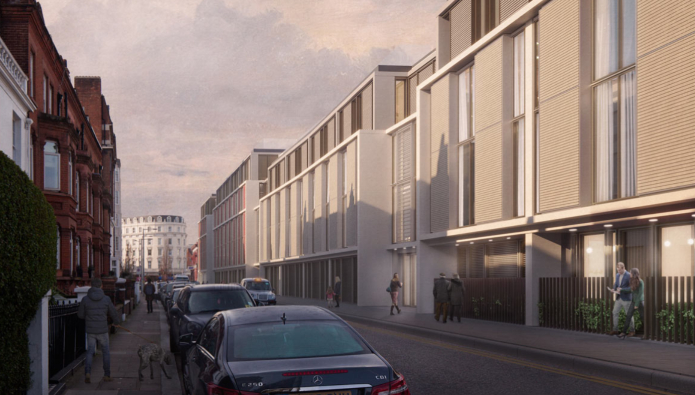
It is believed this is a record number of objections to a Royal Borough of Kensington & Chelsea (RBKC) development proposal and has ‘encouraged the applicants to think again’. The Save our South Kensington (SOS) Working Group also claimed that all of the local elected officials were against the development, too.
A spokesperson for SOS said: “People understood the harm that would be done to the heritage of this historic and beloved part of London and believed that South Kensington deserved better. Residents are not against development, but want to see an appropriate and well-considered proposal.”
It is believed that the plans will be resubmitted in the autumn with amendments.
Why is there so much opposition to the development plans?
According to local businesses and residents, the proposed development is too intensive and on too large a scale.
“This is RBKC’s oldest conservation area, and the new buildings would overshadow the original 1868 Grade-II listed tube station and the other Grade-II and Grade-II* listed buildings in the area,” the campaign group explained.
“The new buildings will also block the protected views of the national museums. At present the station and the buildings in the neighbourhood are of a relatively low scale, giving the area a light-filled village-like atmosphere, with stunning views of the museums, which are beloved by London’s visitors and residents alike.”
Residents argue the construction of these new, tall, bland buildings will give the area a more impersonal and anonymous feel, with buildings that are out of keeping with the neighbourhood and of a style ‘that completely ignores the local heritage’.
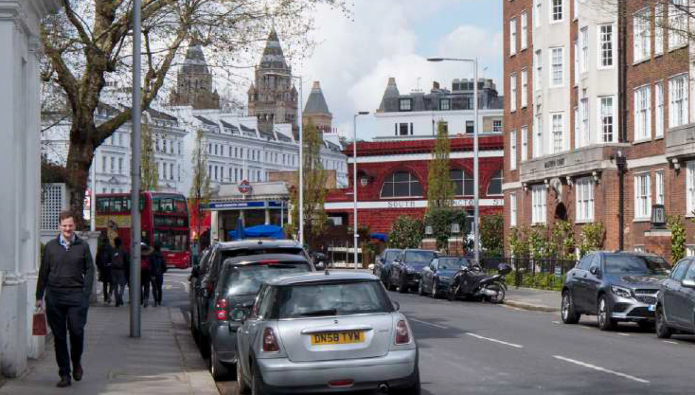
(The view at present)
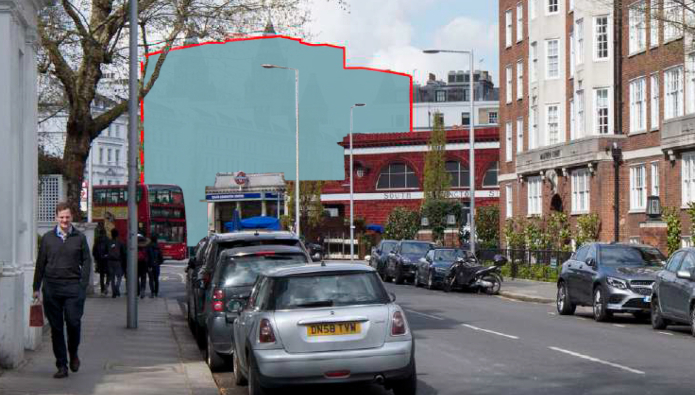
(The proposed view after the development has been completed)
They also argue that by constructing such tall buildings on Pelham Street, an urban canyon will be formed, causing pollution levels on this narrow street to rise by 10%.
While local businesses and residents say they understand the station needs renovation to reduce overcrowding in the ticket hall and to provide step-free access to the Circle and District Lines, they also point out that delivering step-free access is independent of this proposed commercial development.
They argue that the cost to provide step-free access could be met without the area needing to be subjected to overdevelopment on this scale, ‘from which TfL and the majority partner for this development, Qatari-backed Native Land, are set to profit’.
The group claims that unique independent businesses along Thurloe Street will be adversely affected by the development. Café Daquise, which has been on Thurloe Street since 1947 and has had many notable diners including Christine Keeler, and The Medici Gallery, which won the award for Best Independent Card Retailer in Central London, are being made homeless during the two-and-a-half year construction period and may struggle to pay the rents once the construction has been completed.
“Apart from the façade, the buildings on Thurloe Street are being destroyed and the new ones which are being built are being designed so that they can link together at both ground floor and basement levels to create larger units, perhaps heralding the arrival of more chain stores in the area in the future,” the group adds.
In 2016, TfL, local businesses and residents agreed a Development Brief with RBKC which they had spent several years drafting and which reflected the area’s unique setting, but local businesses and residents are angry that this brief which they spent so much time and energy working on ‘has been largely ignored’.
Local residents claim that as people emerge from the tube station on the way to well-known, iconic buildings such as the Victoria & Albert, the Natural History and the Science museums; the Royal Albert Hall, Kensington Palace and the Albert Memorial; Imperial College, the Royal Colleges of Art and Music, and the Royal Geographical Society; they should be welcomed by well-designed and thought-through buildings which are not overly tall.
Locals say South Kensington deserves a better scheme with buildings ‘which everyone can all be proud of in the centuries to come’.
The ‘Save Our South Kensington’ Campaign is an initiative of local residents, businesses and resident associations including TOLA (Thurloe Owners and Leaseholders Association), ONA (Onslow Neighbourhood Association) and Pelham Residents’ Association (PR).
Why is the area so important?
Providing the link to one of the capital’s most concentrated cultural, artistic and educational hotbeds, South Kensington tube station is one of the most important and visited stations of the whole London Underground system.
Given its access to world-class museums and educational facilities, it is one of the busiest stations on the TfL network, with over 34 million residents, workers and visitors using it each year to gain access to some of London’s most-loved and visited buildings.
It is the gateway to the three great museums of Albertopolis (the Victoria & Albert Museum, the Natural History Museum and the Science Museum); to the grand promenade leading to Hyde Park, Kensington Gardens, the Royal Albert Hall, Kensington Palace and the Albert Memorial; to religious centres including the Brompton Oratory, the Mormon church and the Ismaili Centre; and to institutions including Imperial College, the Royal Colleges of Art and Music, and the Royal Geographical Society.
All the usual questions – about developing and improving while not ruining or impinging on an area’s heritage and character – will need to be answered by TfL and NL if they want to get their development proposals through later this year.



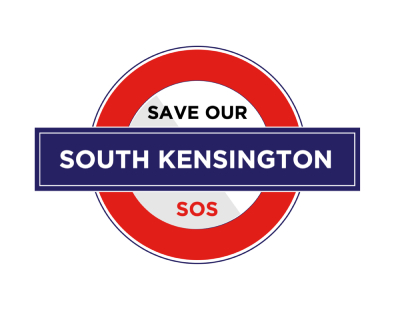





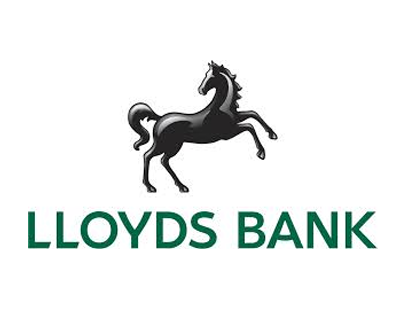


.png)









Join the conversation
Be the first to comment (please use the comment box below)
Please login to comment